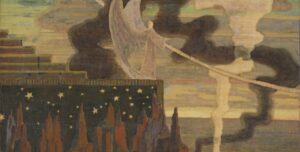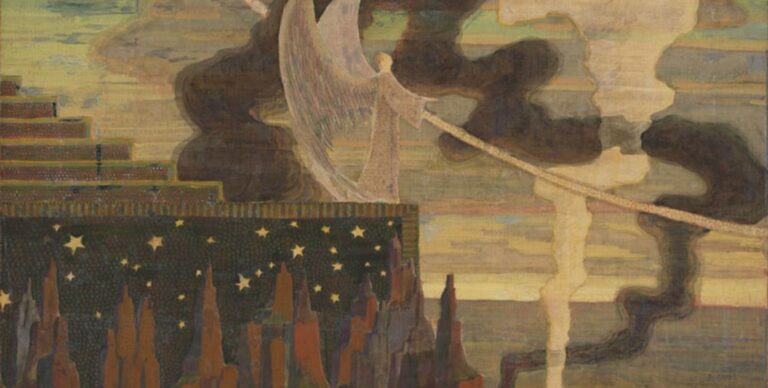The Noble Knight: Gender Ambiguity and Queer Aesthetics in the Portrait of Doña Catalina de Erauso
Known as “La Monja Alférez” (The Lieutenant Nun), Catalina de Erauso defied every expectation of early modern gender and class. Fleeing a convent in his teens, assumed male identity, joined the Spanish army, fought in Peru and Chile, and was eventually granted a military pension by the king and — most notably — a dispensation from the Pope to continue living as a man. I guess you could be queer after all, provided you murderous your fair share of indigenous people.
Though he authored memoirs recounting these adventures, Erauso’s gender identity was never entirely defined in binary terms. He used male pronouns, dressed and acted as a man, yet also referred to his “former” life as a nun with pride. His story — thrilling, violent, filled with duels, disguises, and escapes — captivated readers across Europe.
In portraiture, this ambiguity is visually central. The figure appears young and composed, neither fully feminised nor hypermasculine. The sword, the lace collar, the steady gaze, all become part of a visual negotiation of gender, power, and performance, without any hint of cross-dressing.






No Comments